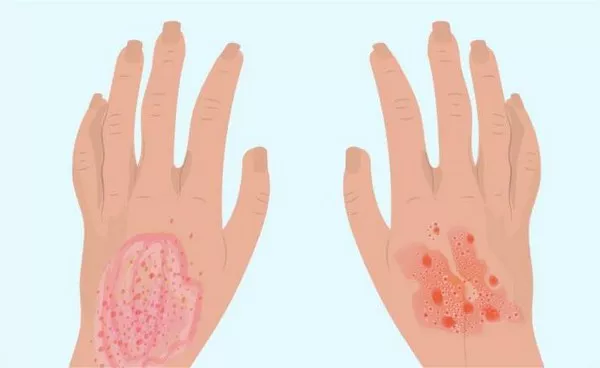A recent study conducted at the Department of Dermatovenereology, West China Hospital of Sichuan University, has proposed and validated a new method for assessing the Dermatology Life Quality Index (DLQI) in patients with psoriasis. Known as DLQI-NS, this enhanced assessment incorporates a moderate impact option within each questionnaire item, aiming to provide a more nuanced understanding of how psoriasis affects patients’ quality of life (QoL). Researchers found that this new approach outperformed the traditional DLQI, leading to a reclassification of 17 additional patients into the severe disease category.
Background
The study included 425 psoriasis patients treated between May 2021 and December 2022. Participants completed assessments using DLQI, DLQI-NS, and skindex-16, alongside clinical evaluations using Psoriasis Area and Severity Index (PASI) scores and Body Surface Area (BSA) measurements. Pruritus severity was assessed using the Numeric Rating Scale (NRS).
The DLQI is a 10-item questionnaire designed to evaluate health-related quality of life (HRQoL) in patients with skin conditions. Each item offers four response options: ‘not at all’ or ‘not relevant’ (scored as 0), ‘a little’ (scored as 1), ‘a lot’ (scored as 2), and ‘very much’ (scored as 3). Scores range from 0 to 30, with higher scores indicating greater impairment.
The DLQI-NS expands on this by introducing a five-point scale for each item, including a ‘moderate’ impact option, resulting in scores ranging from 0 to 40.
Outcome
Results indicated that the mean DLQI-NS score was 13.19 ± 8.02, slightly higher than the DLQI score of 11.24 ± 6.06. Using clinical criteria for psoriasis severity classification, the DLQI-NS identified 17 additional patients (4%) as having severe disease status (defined as PASI > 10 or BSA > 10% and DLQI > 10). Notably, 14.4% to 32.5% of patients selected the moderate impact option across the DLQI-NS items, highlighting the significant impact of psoriasis on various aspects of patients’ lives.
Researchers assessed the validity of both scales using Spearman’s rank order correlations with BSA, PASI, and NRS scores. The DLQI-NS demonstrated slightly stronger correlations with BSA (0.51 vs. 0.50) and PASI (0.47 vs. 0.46) compared to the DLQI. However, neither questionnaire showed significant correlation with the NRS score (0.00 vs. 0.02). Criterion validity analysis revealed strong correlations between DLQI-NS, DLQI total score, and skindex-16, with coefficients of 0.89 and 0.84, respectively.
Conclusion
In conclusion, the study supports DLQI-NS as an effective tool for assessing QoL in psoriasis patients, surpassing the DLQI in terms of validity and reliability. Researchers advocate for further clinical validation of DLQI-NS to optimize treatment strategies.
Related Topics:
- National Skin Centre Secures $10 Million Grant to Advance Eczema Research in Singapore
- World Vitiligo Day: Understanding the Skin Condition That Impacts Millions
- Indian Army Establishes Skin Bank to Aid Burn Victims

























